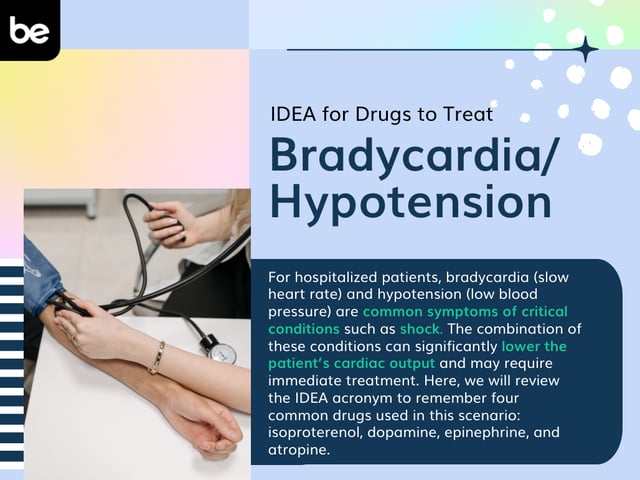
Transmission Based Precautions
Airborne
Spread by disease particles emitted from an infected person’s coughing, sneezing, or talking. Particles are small and can spread long distances.
Examples include chickenpox, measles, and tuberculosis.
In addition to standard precautions, a properly fitting N95 Respirator mask should be worn by caretakers. If possible, the patient should be placed in a negative pressure room. The patient should wear a face mask when being transferred.
Contact
Spread by contact with an infected person’s mucous membranes, wounds, feces, urine, vomit, or other bodily fluids.
Examples include scabies, salmonella, norovirus, Clostridium difficile (C. diff).
Standard precautions should be observed at all times, with special consideration of hand hygiene. For more resistant diseases such as norovirus, a bleach solution should be used to clean surfaces.
Droplet
Spread when droplets from coughing, sneezing, and talking deposit in a host’s nasal passages or mouth. Droplets typically do not travel more than 3 feet.
Examples include diphtheria, influenza, pertussis (whooping cough), rhinovirus (common cold).
In addition to standard precautions, a mask should be worn by caretakers/visitors, as well as the patient if they are being transferred.

Keep Reading

National Council Licensure Examination-Registered Nurse Blog
What to Expect in Nursing School Clinicals
The clinical experience is a rite of passage for all nursing students, …

National Council Licensure Examination-Registered Nurse Blog
What is the NCLEX Next Generation (NGN) Exam?
If you’re interested in becoming a registered nurse, you likely know th…

National Council Licensure Examination-Registered Nurse Blog
IDEA for Drugs to Treat Bradycardia/Hypotension
For hospitalized patients, bradycardia (slow heart rate) and hypotensio…